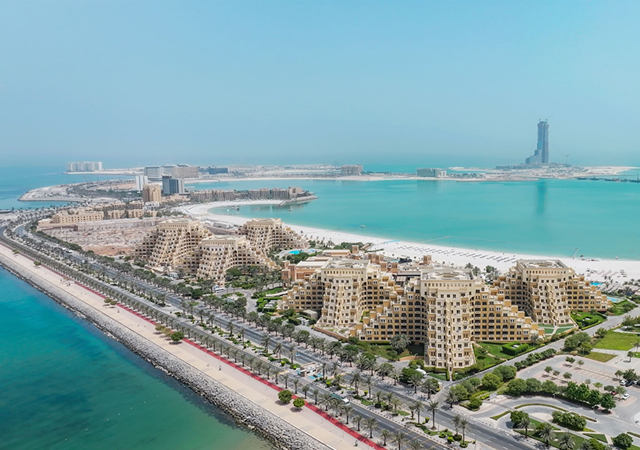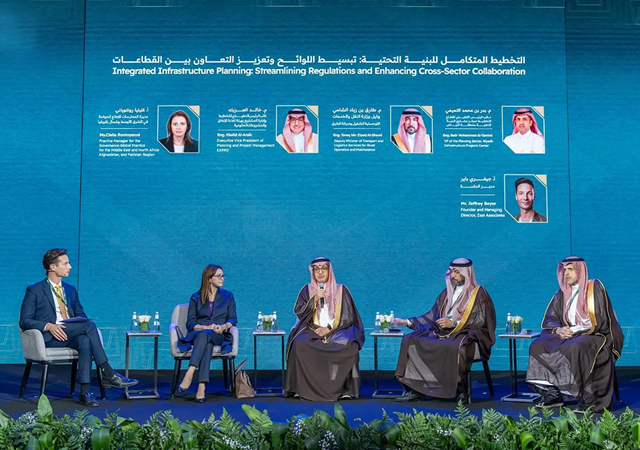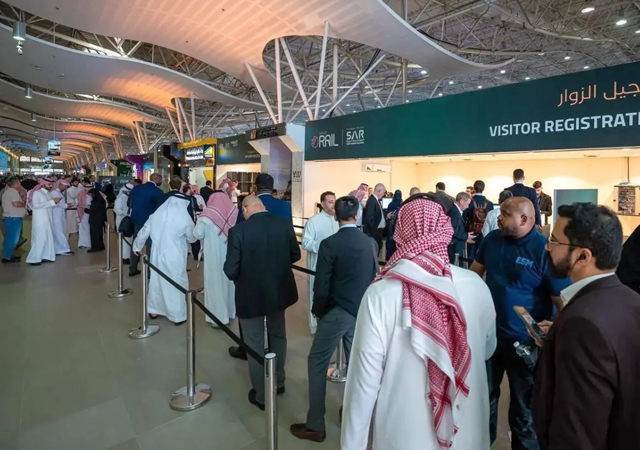 Advanced ... an illustration of the lighting control solution used at The Yas Hotel (below).
Advanced ... an illustration of the lighting control solution used at The Yas Hotel (below).
THE YAS Hotel in Abu Dhabi, UAE, has at least two major distinctions to its credit: it is the first hotel in the world that straddles a Formula One race circuit and at the time it was built, it was the world’s biggest LED project controlled through an RDM (remote device management) protocol by an advanced lighting control solution.
The solution was provided by e:cue Lighting Control.
The main design highlight of this 85,000-sq m five-star complex is the curvilinear grid-shell covered with more than 5,300 diamond-shaped steel panels, containing nearly 5,000 RGBW LED fixtures.
The project, which was completed last October, features programmed lighting and media sequences that fuse the two sections that span both the circuit and a marina. A bridge stretches between the main building and the Marina Tower, enclosing a bar and a restaurant with executive-level bridge that will house a rotating exhibition of contemporary artwork.
This architectural marvel embodies inspirations ranging from the aesthetics and forms associated with speed, movement and spectacle to the artistry and geometries forming the basis of ancient Islamic art and craft traditions.
The project required a reliable system capable of controlling the 5,000 RGBW LED fixtures. Further critical requirements included the capability of the control system to monitor the status and various parameters of LED fixtures (that is, temperature) through the RDM protocol that provides bidirectional communication between the lighting fixtures and the control system.
 |
Temperature in the desert climate of Abu Dhabi can reach 60 deg C in summer, which creates a big challenge for any type of lighting source. Hence, real-time adjustment of the LEDs’ intensity, based on the status and temperature of LED fixtures, was crucial for the success of the project. The curvilinear shape of the grid-shell also was a challenge to play three-dimensional low-resolution video content and to pixel map the video properly on each LED.
The lighting show on the grid-shell can be controlled directly from the control room through a touch-screen monitor, while videos can be uploaded via the Internet. LED temperature is monitored through a special heat sensor that sends this data to the control system via RDM, which in turn needs to adjust the intensity to avoid damage of LEDs, fixtures or their drivers.
A total of 32 e:cue Butler XTs, RDM capable, and two control servers are the core of the control system of the grid-shell lighting. LAS 5.1 (lighting application suite) software package was used by Arup Lighting to create stunning effects such as colour-changing lighting sequences and to play customised three-dimensional low-resolution video content on the grid-shell.
Two control servers, running the LAS 5.1, control all 32 Butler XTs via Ethernet, which in turn are outputting RDM/DMX signal to LED fixtures and at the same time receiving back data (temperature and status) from the LED drivers and fixtures.
Butler XTs provide bidirectional communication between the LED lighting on the grid-shell, and e:cue’s control server for status monitoring of LEDs. The system sends status reports to building management and automatically adjusts the intensity of LEDs to prevent overheating.
The LAS 5.1 software package also provided the tools for the complex video pixel mapping on the curvilinear shape of the grid-shell, and software visualisation for offsite programming of the complete lighting design for this 20,000 DMX-RDM channel installation.
Additionally, the project-specific lighting sequences and media files can be uploaded remotely through the Internet, and the content is triggered by programmed automation based on a matrix of settings triggered through the astronomical clock, daylight sensors, and a touch-screen user interface.
Outdoor light sensors are also integrated in the control system using a RS232 port server. These light sensors trigger the start and end of the show based on lighting conditions outside via the Media Engines 2, which are specified to handle the automation and triggering functions in the control system.
“Working with e:cue has taken the vision and implementation approach of the lighting design team beyond box-standard solutions to provide the complex a multi-faceted design and technical lighting control technology that these high-quality, demanding environments require,” says Brian Stacy, project director from Arup Lighting.
“The project-specific pre-visualisation abilities of the LAS on such a complex geometry has allowed us to save weeks of precious time on-site, while understanding basic items such as frame rates and viewing angles when thinking about the spectators, hotel guests, and cameras on race day and beyond,” he adds.
e:cue Lighting Control is an industry leader in innovation with its software and hardware portfolio providing the right lighting control solution together with lighting professionals and partners around the world.
“Yas Hotel provided us the opportunity to work on a demanding project using our newly implemented RDM features. Bidirectional communication provided by RDM between the lighting and our lighting control products opens many more options for our lighting control system,” says Jan Julius Miebach, e:cue managing director, product strategy and projects. e:cue, which develops state-of-the-art control and automation solutions to deliver sustainable dynamic lighting experiences, is part of Traxon Technologies, an Osram Company, headquartered in Paderborn, Germany with regional offices in Europe, North America, Asia and Middle East. Distribution and support is also managed through e:cue’s extensive partner network around the world.



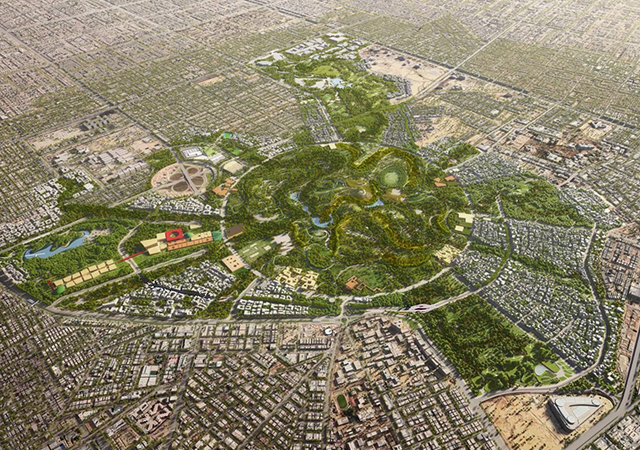
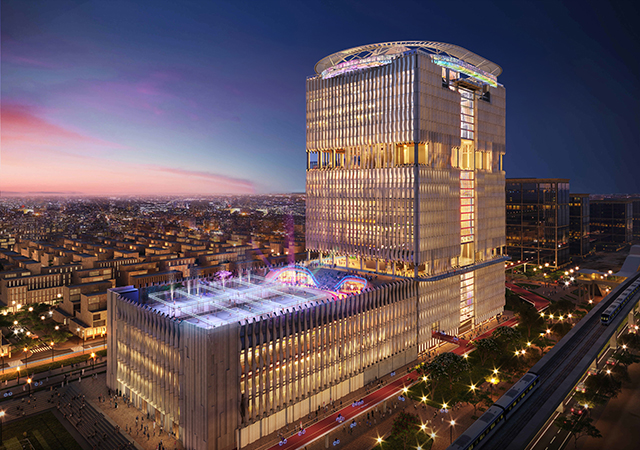



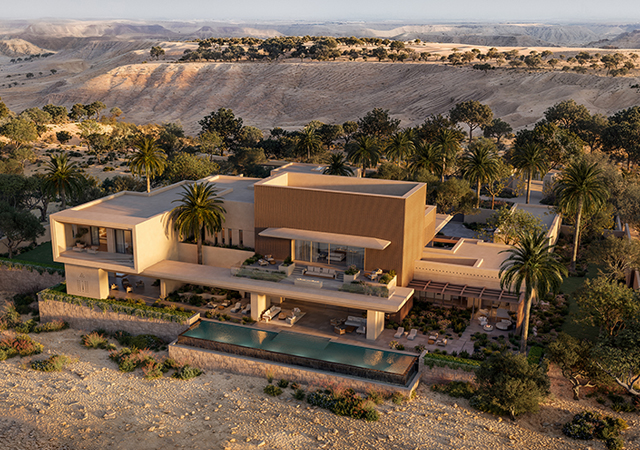
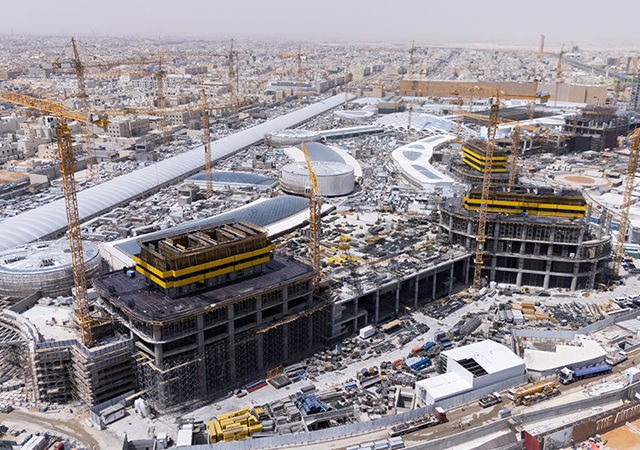
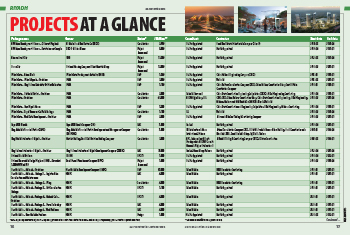
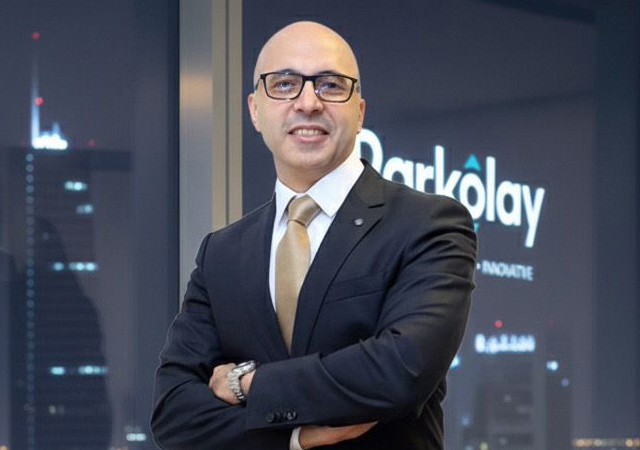

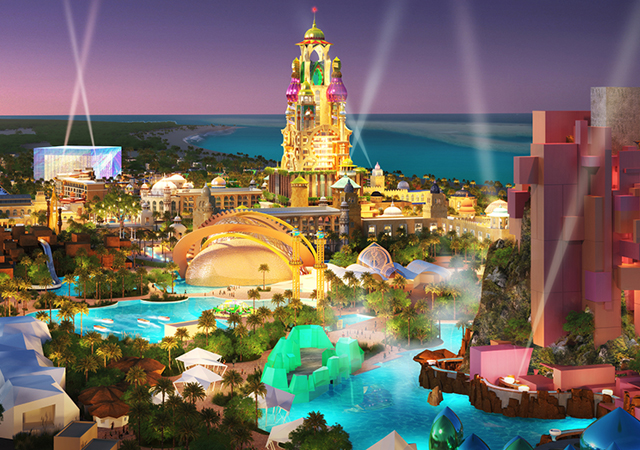
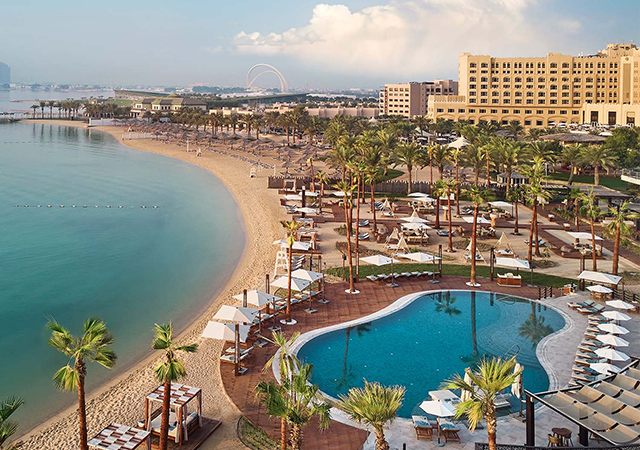
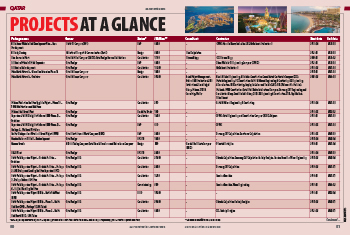
.jpg)
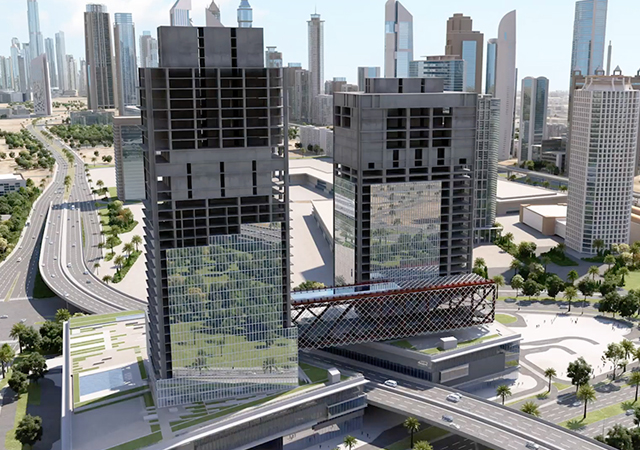
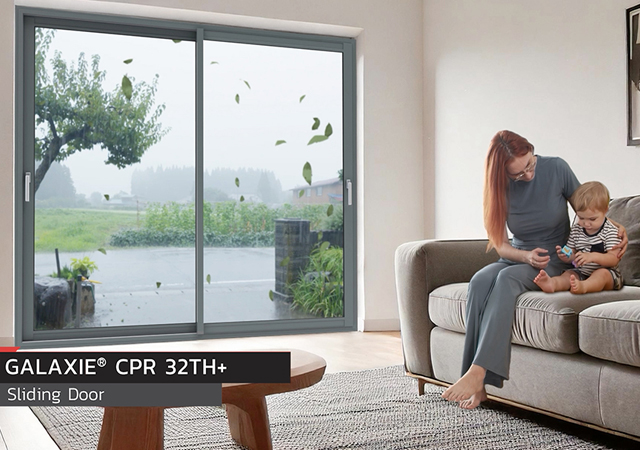
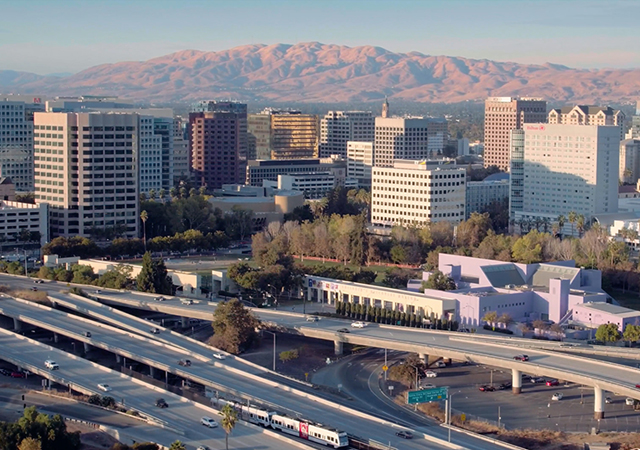


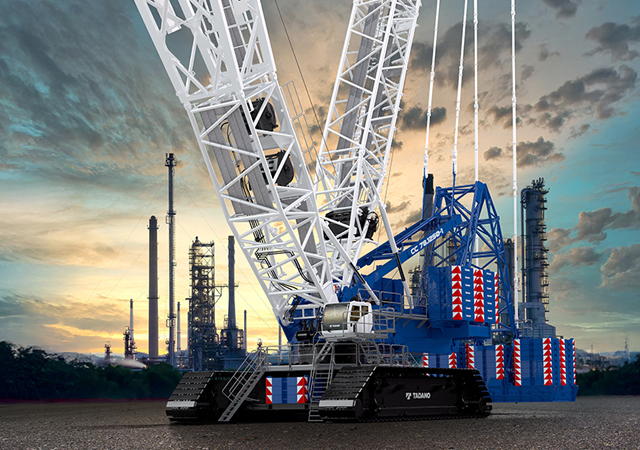
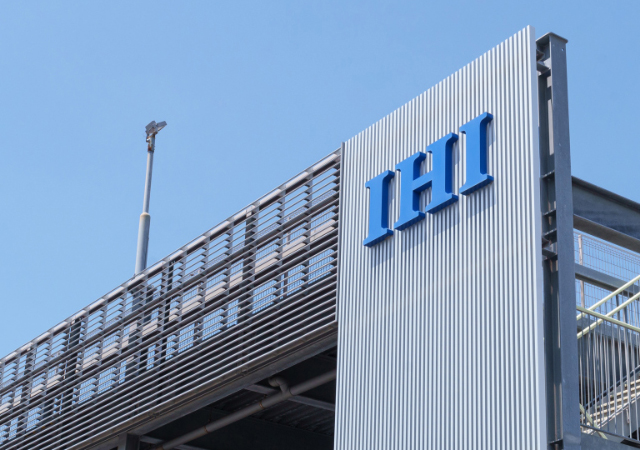

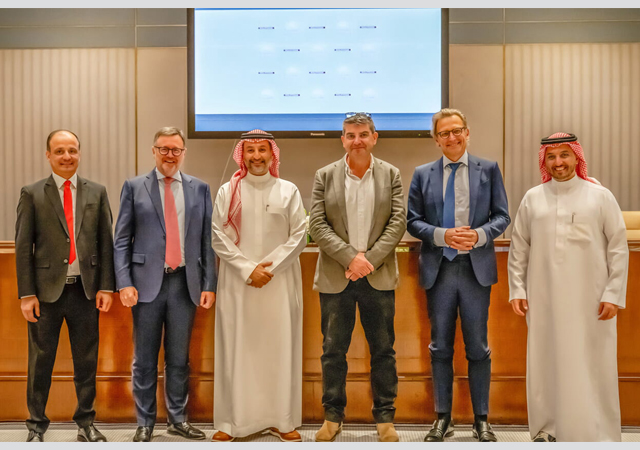
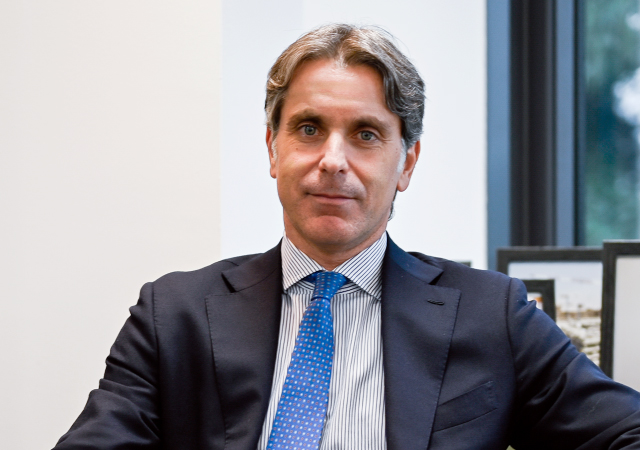
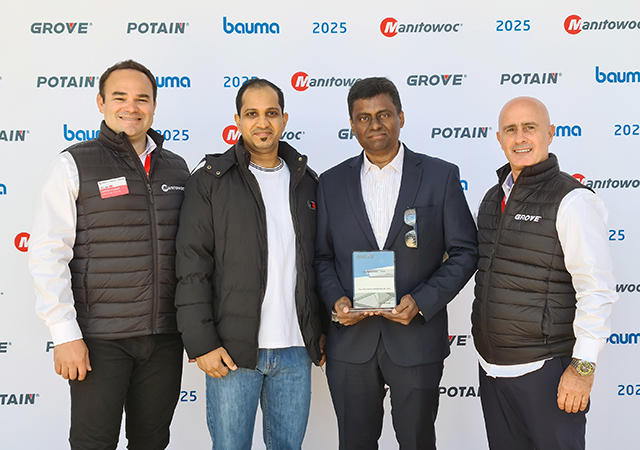
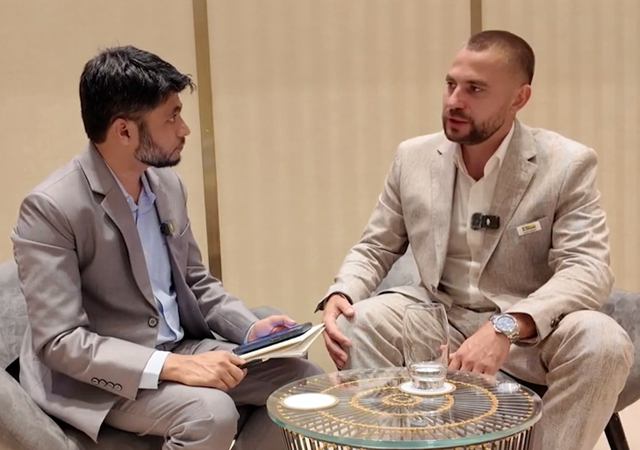
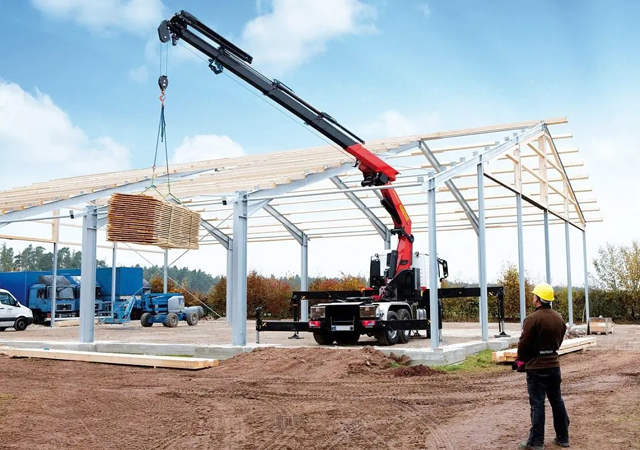
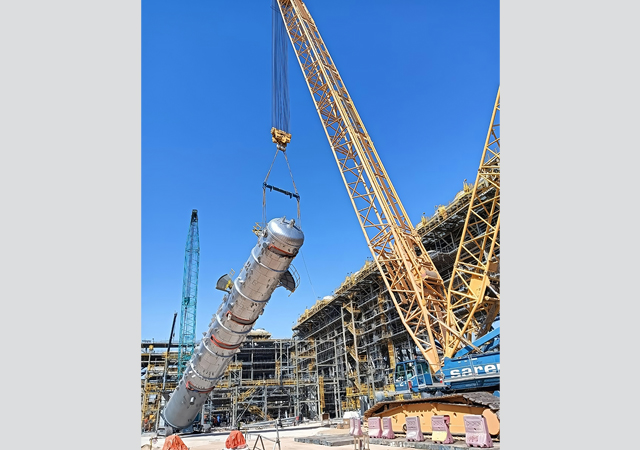
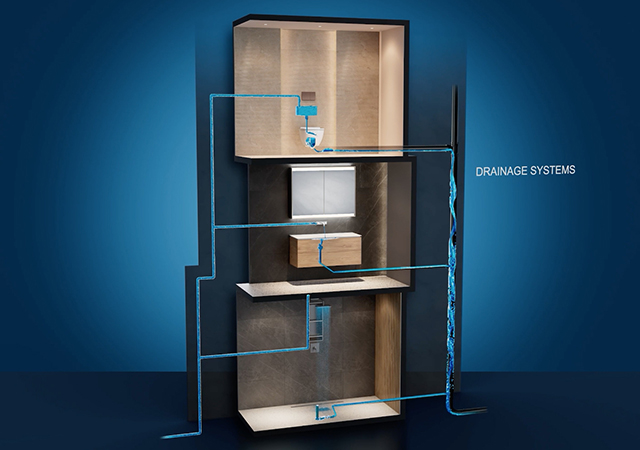
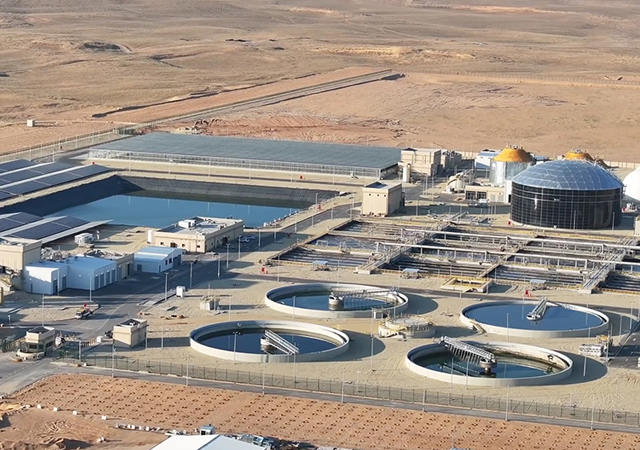

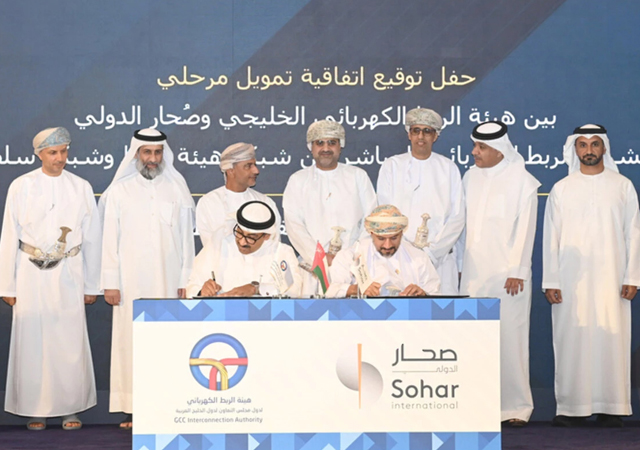

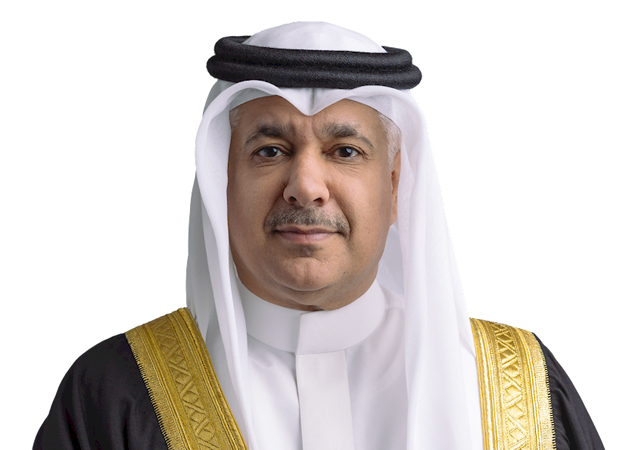
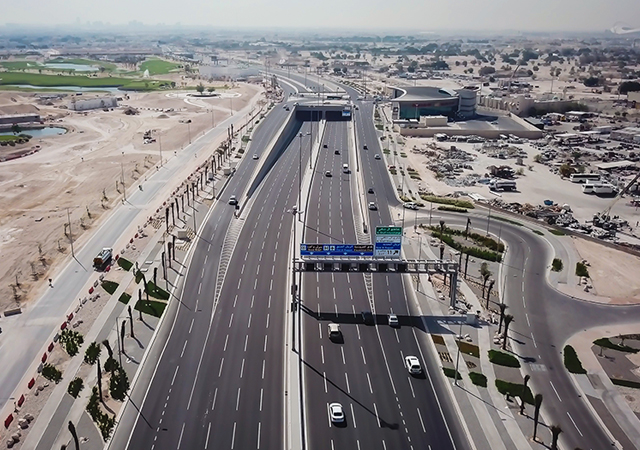


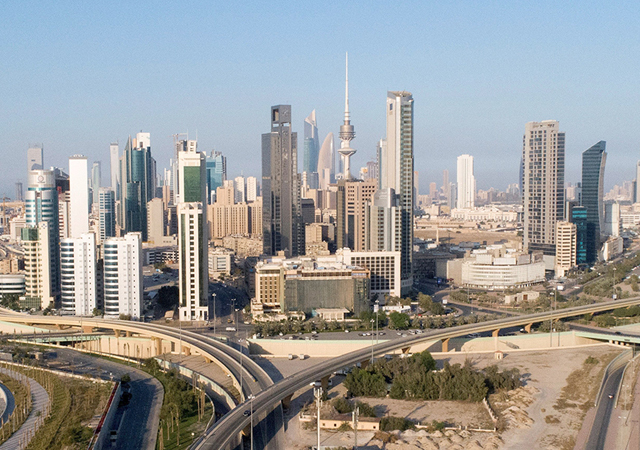

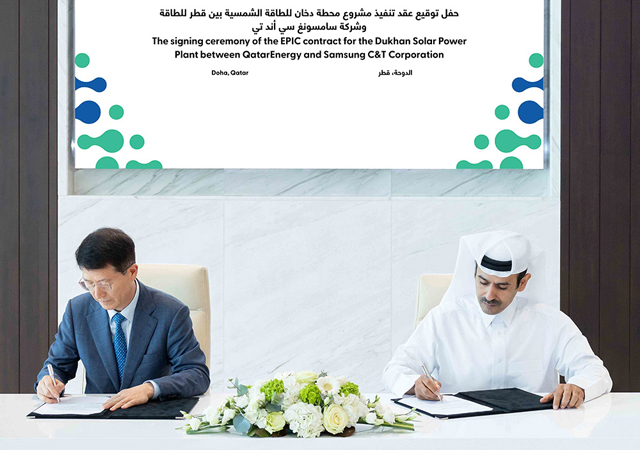
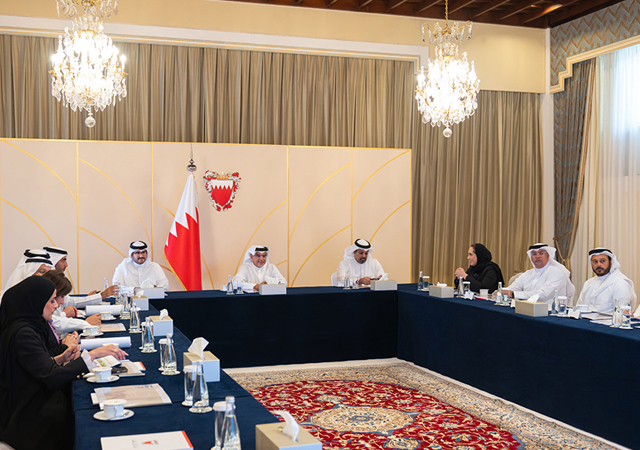
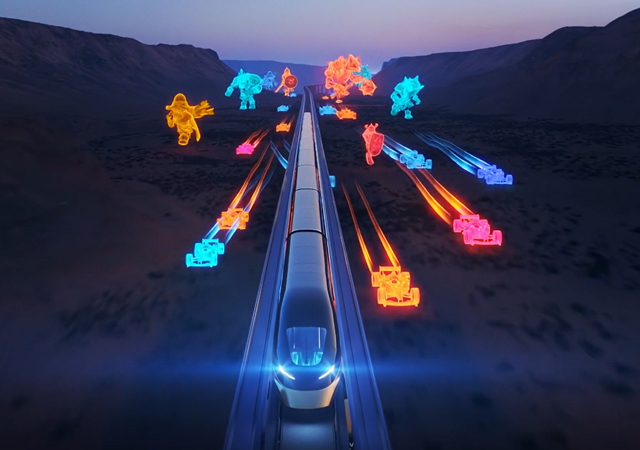

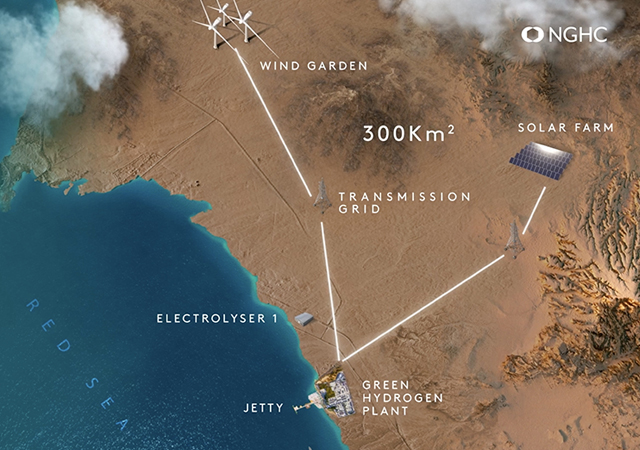
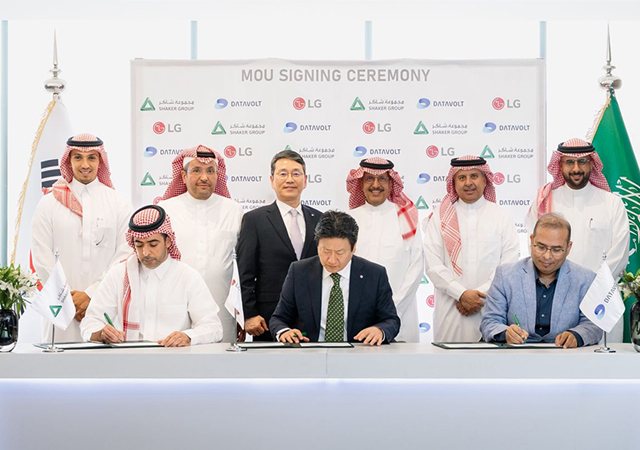
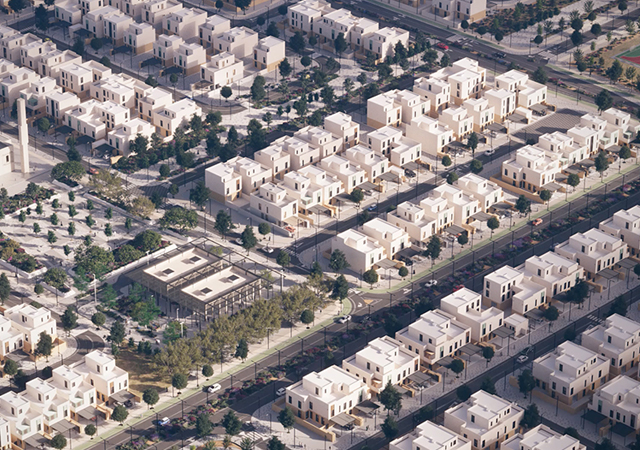
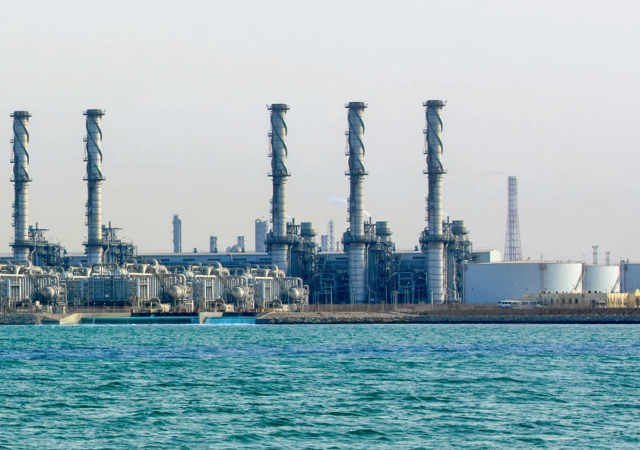
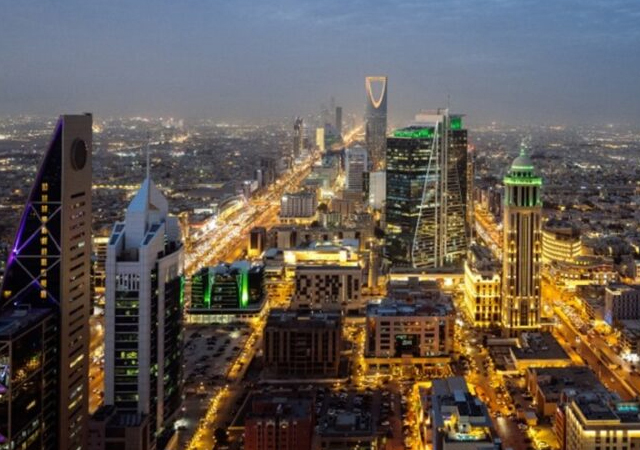
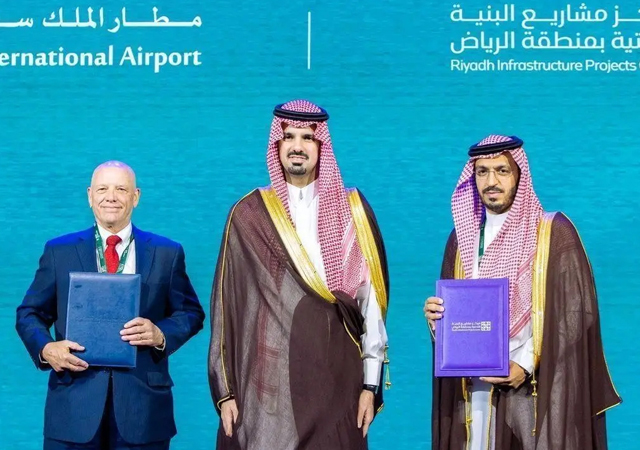

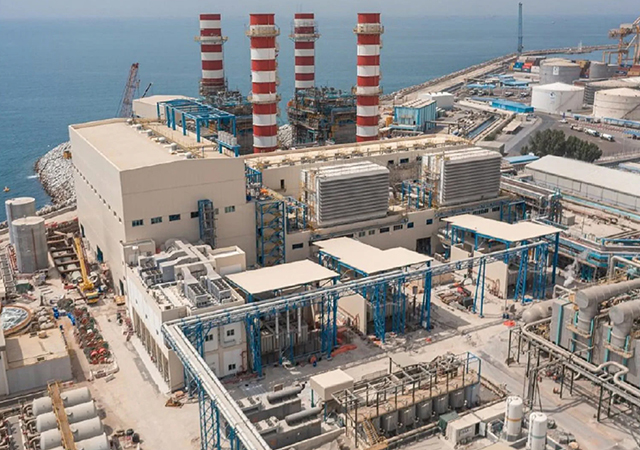


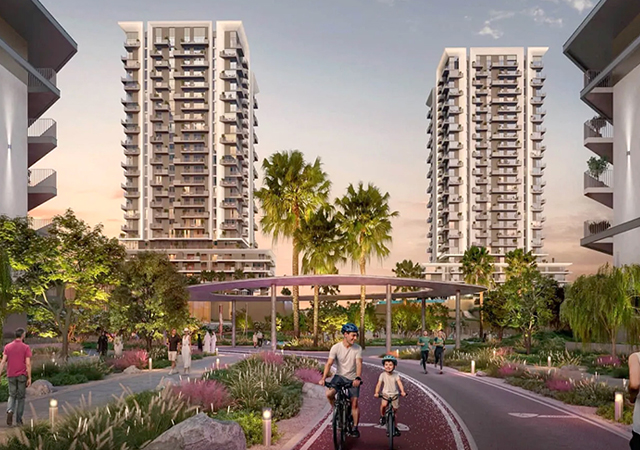
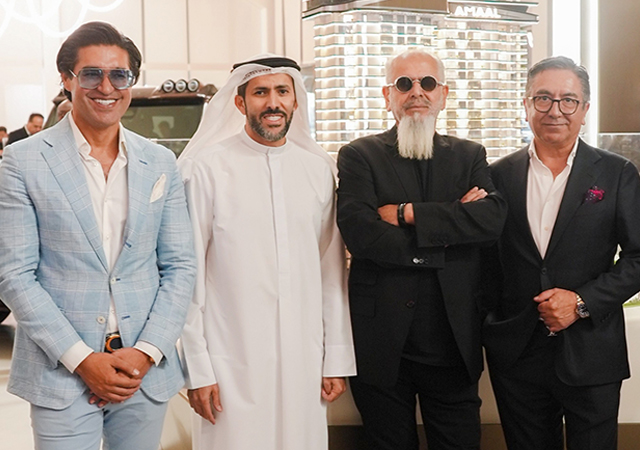
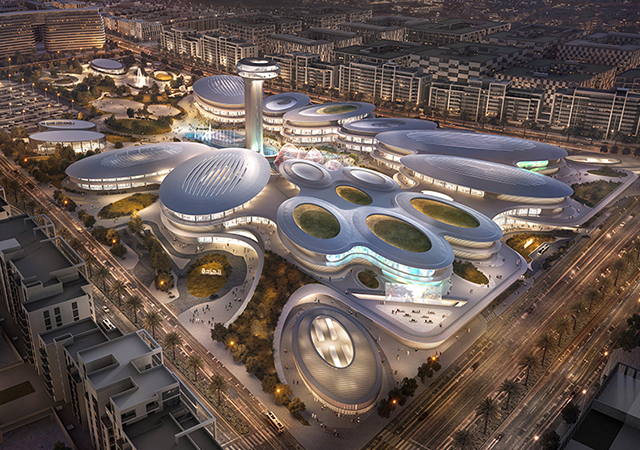

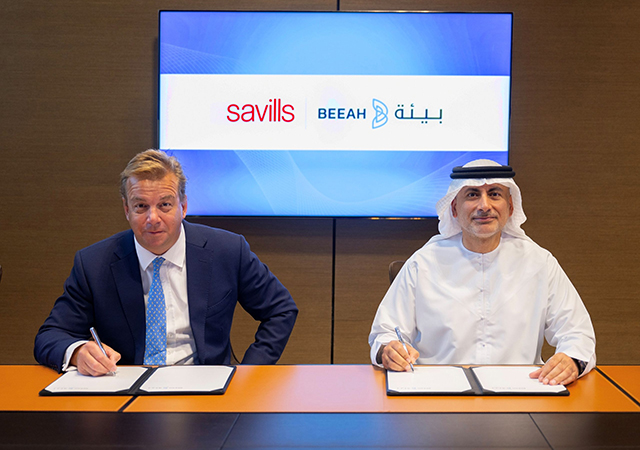

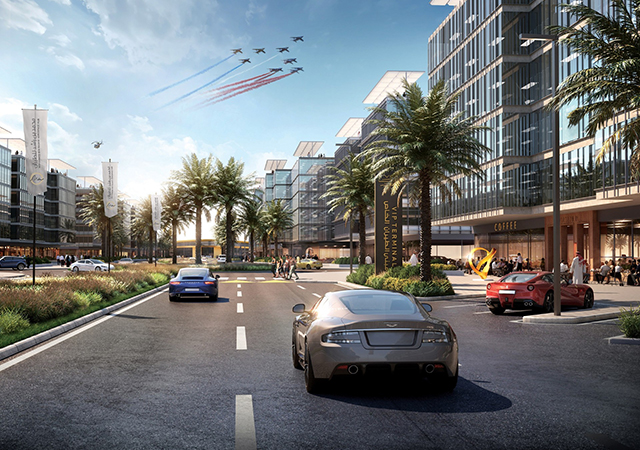

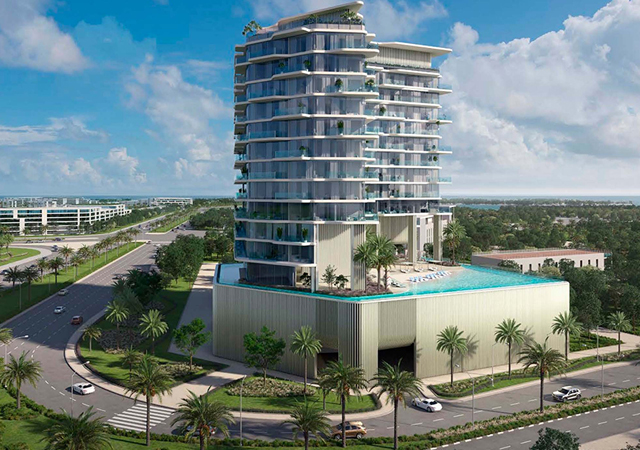

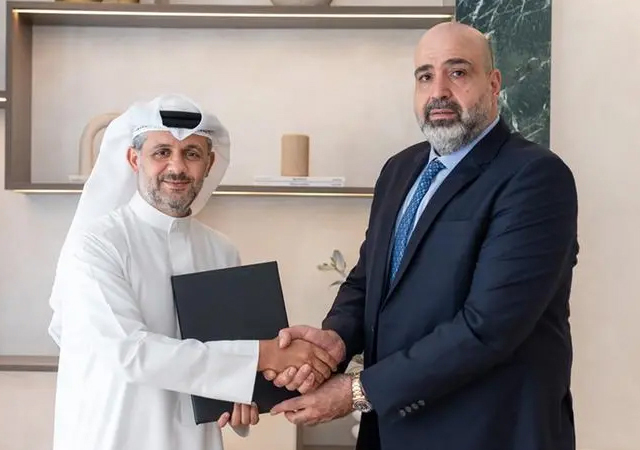
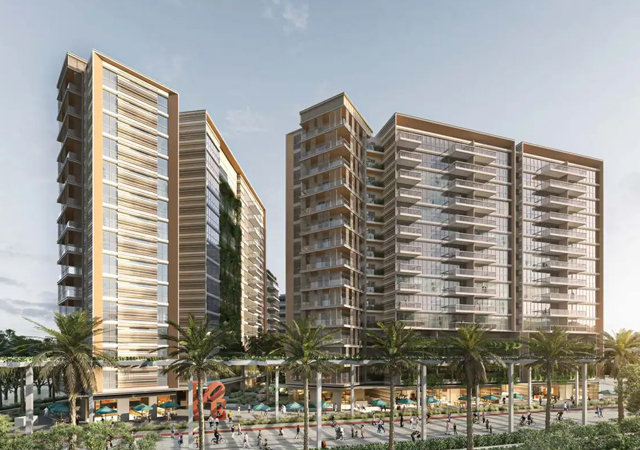

.jpg)
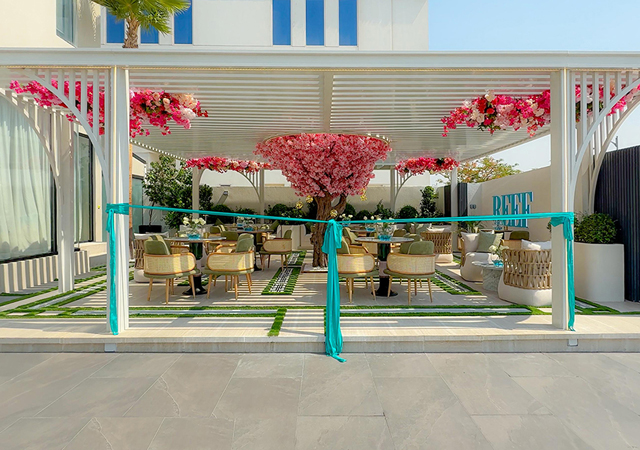
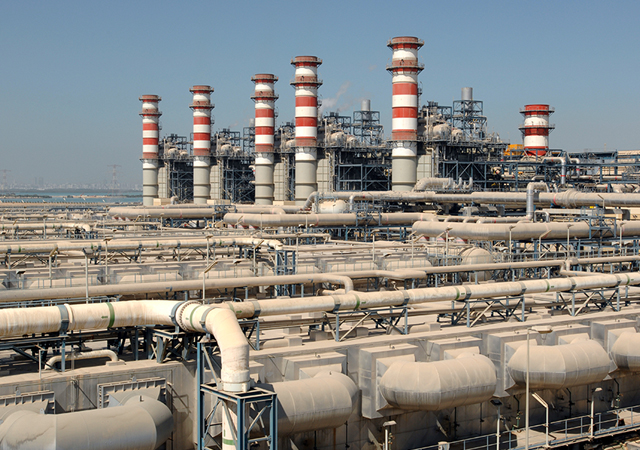

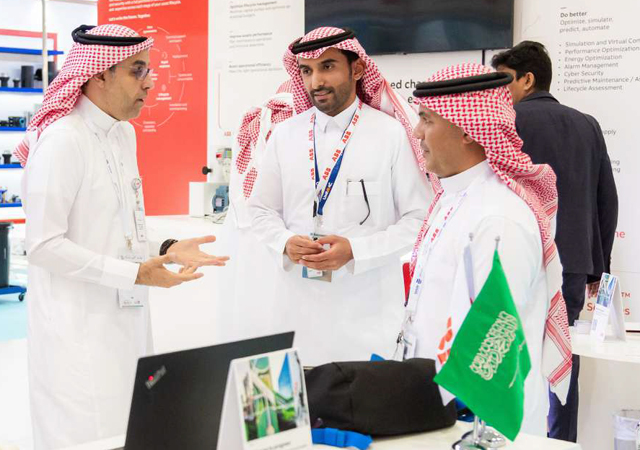
.jpg)
